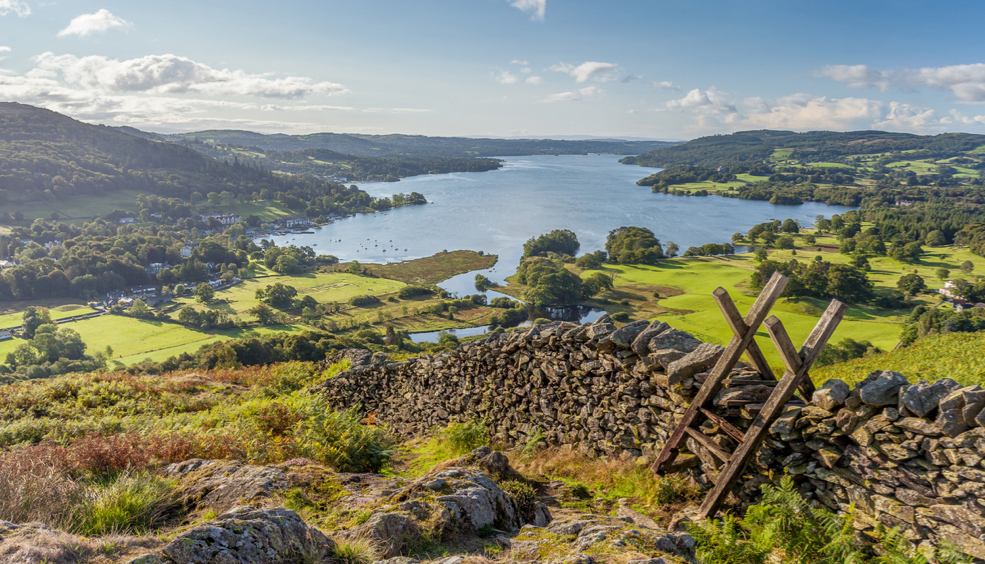The best national parks in Europe
Europe is home to a constellation of spectacular national parks, some of them UNESCO world heritage sites. Grab your boots, we're leaving!
more infoAsturias, the best place in the world to spot bears
Did you think that you had to travel very far away to see large wild animals? Well, you don't: you just have to fly to Asturias to see the amazing Cantabrian brown bear in action.
more infoAn eco-paradise called Asturias
Discover ecotourism in Asturias: bears, whales, fairytale forests and enchanting landscapes in a natural paradise. Adventure and nature in its purest form!
more infoEl Priorat in eight essential stops – Routes near Barcelona
There are many things to do near Barcelona. If you are a wine lover, like to explore vineyards and fancy a bit of peace and tranquillity near Barcelona, you definitely have to visit this special place in Catalonia – El Priorat.
more info




